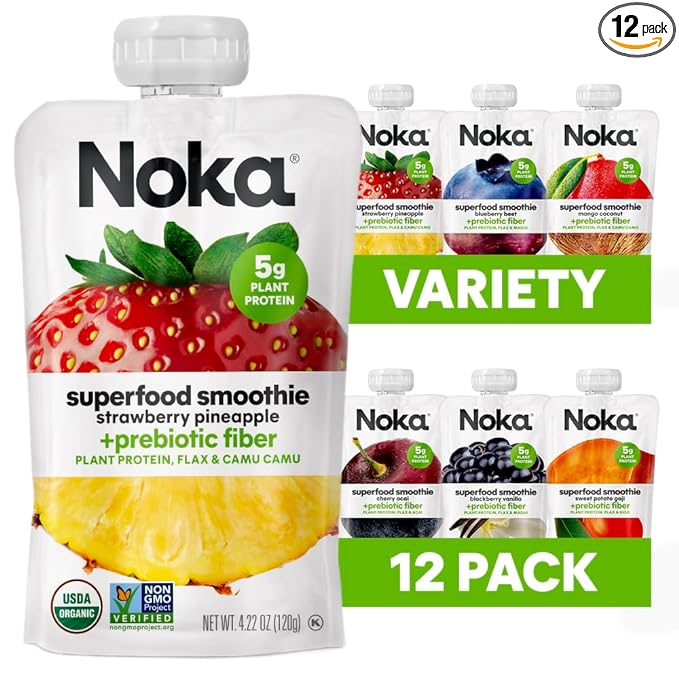Introduction
Overview of Chinese cuisine 1. Chinese cuisine is known for its rich flavors and diverse range of dishes, from savory to sweet, spicy to mild. 2. Some of the most popular Chinese dishes include Kung Pao chicken, hot and sour soup, steamed dumplings, and stir-fried dishes.
Importance of calorie control 1. Maintaining a healthy diet that includes calorie control is important for overall well-being and weight management. 2. Consuming too many calories can lead to weight gain and increase the risk of chronic health conditions such as obesity, heart disease, and diabetes. 3. Knowing the calorie content of the food you eat can help you make more informed choices about your diet.
Misconception about Chinese food being unhealthy 1. Chinese food is often associated with being high in calories, oil, and sodium. 2. However, this is not always the case and many traditional Chinese dishes can be healthy and nutritious when made with the right ingredients and preparation methods. 3. Many Chinese dishes are rich in vegetables, lean protein, and whole grains and can be healthy options when consumed in moderation. 4. It's important to understand that Chinese cuisine has a wide range of dishes and it's not always necessary to avoid Chinese food because of the fear of unhealthy food.

Popular Chinese dishes under 400 calories
Steamed dumplings: Steamed dumplings are a popular Chinese dish that is relatively low in calories. They are usually made with a mixture of ground meat and vegetables wrapped in a thin dough wrapper. A serving of around 6-8 dumplings can be around 200-300 calories depending on the filling.
Stir-fry vegetables with tofu: Stir-frying is a healthy way to cook vegetables and tofu as it uses minimal oil. This dish is a great source of protein and fiber and can be around 200-300 calories depending on the vegetables and the amount of tofu used.
Hot and sour soup: Hot and sour soup is a classic Chinese dish that is low in calories. A typical bowl can be around 100-150 calories, and it's a great way to add some flavor to your meal while keeping the calorie count low.
Kung Pao chicken: Kung Pao chicken is a spicy Szechuan dish that is typically made with chicken, peanuts, vegetables, and chili peppers. A serving of this dish can be around 200-300 calories, depending on the portion size and the amount of oil used.
Brown rice or noodles as a low-calorie alternative to white rice: Brown rice and noodles are a healthier alternative to white rice. They contain more fiber and nutrients and can be around 100-200 calories per serving.

Making healthy choices at Chinese restaurants
Choosing dishes with more vegetables: Incorporating more vegetables into your meal can increase the nutritional value and help you feel fuller with fewer calories. Some examples of Chinese dishes that have a lot of vegetables include stir-fried mixed vegetables, vegetable-fried rice, or vegetable-based soup.
Limiting high-calorie ingredients like deep-frying and heavy sauces: Many Chinese dishes are high in calories due to the use of deep-frying and heavy sauces. To make healthier choices, you can opt for dishes that are steamed, stir-fried, or braised instead of deep-fried. Additionally, you can ask for dishes to be made with less sauce or to have the sauce served on the side, so you can control the amount you use.
Asking for modifications, such as less oil or sauce: Many Chinese restaurants are willing to make modifications to dishes to accommodate customers' dietary preferences. If you're trying to make healthier choices, you can ask for dishes to be made with less oil or less sauce or to have the dish prepared using a healthier cooking method. Additionally, you can ask for brown rice instead of white rice to increase the fiber and nutrient content of your meal.

Preparing Chinese food at home
Using low-calorie cooking methods such as steaming, stir-frying, or poaching: These cooking methods allow you to prepare food with little or no added oil, which can help reduce the calorie content of the dish. Steaming, stir-frying, or poaching also help to retain the natural flavors and nutrients of the food.
Incorporating more vegetables: Adding more vegetables to your Chinese dishes at home can increase their nutritional value and help you feel fuller with fewer calories. Some vegetables that are commonly used in Chinese cuisine include bok choy, broccoli, bell peppers, and mushrooms.
Using low-sodium sauces and seasonings: Many store-bought Chinese sauces and seasonings can be high in sodium, which can contribute to high blood pressure and other health problems. To reduce the sodium content of your Chinese dishes at home, you can make your own sauces using low-sodium ingredients such as soy sauce, rice vinegar, and fresh ginger.
Making your own version of Chinese food: Instead of relying on takeout or store-bought Chinese food, you can make your own version at home. You can use fresh ingredients, control the amount of oil and salt you use, and make adjustments to suit your dietary preferences and health goals. You can also experiment with different flavors and ingredients to make your own unique version of Chinese food.

Conclusion
Summary of key points: In order to make healthy choices when dining out at Chinese restaurants, it's important to choose dishes with more vegetables, limit high-calorie ingredients like deep-frying and heavy sauces, and ask for modifications such as less oil or sauce. When preparing Chinese food at home, using low-calorie cooking methods like steaming, stir-frying, or poaching, incorporating more vegetables, using low-sodium sauces and seasonings, and making your own version of Chinese food can help you make healthier and delicious Chinese food.
Emphasizing that Chinese food can be healthy and delicious when made with the right ingredients and preparation methods: Chinese food is a delicious and satisfying cuisine that can be enjoyed as part of a healthy diet when prepared with the right ingredients and methods. By choosing more vegetables, limiting high-calorie ingredients, and making adjustments to suit your dietary preferences, you can enjoy Chinese food without compromising on taste or nutrition. Additionally, preparing your own Chinese food at home allows you to control the ingredients and flavor to create healthy and delicious meals.






